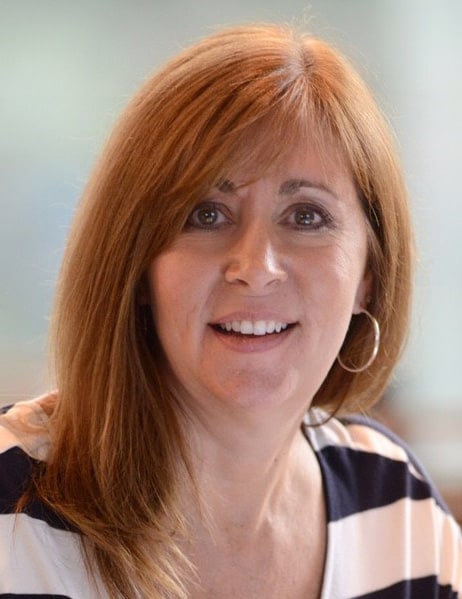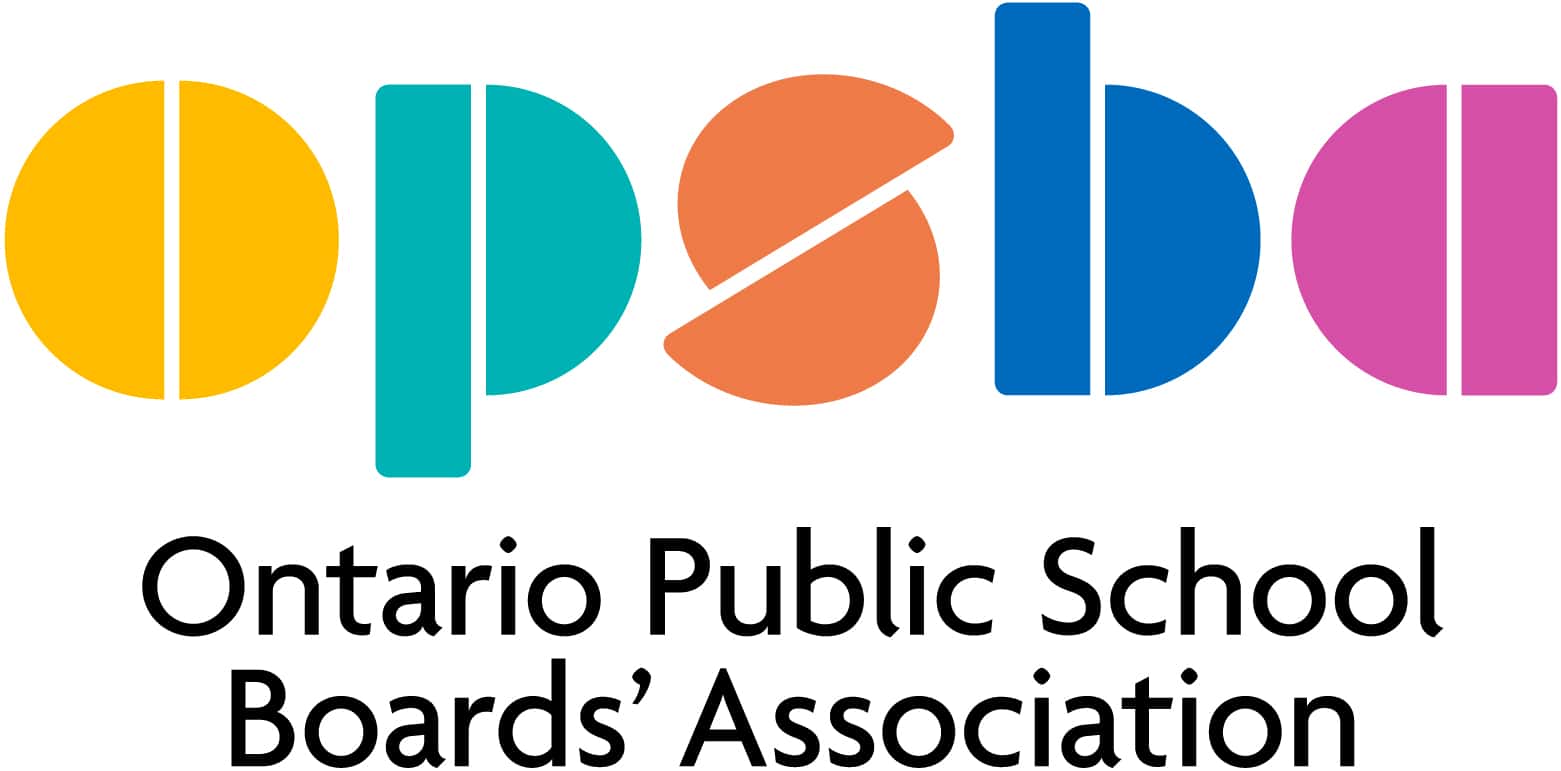What the World Needs Now
 These are challenging times. In a world of walls, travel bans and Brexit, the value of diversity is threatened in disheartening ways. Amid this chaos Canada has become a moral leader and beacon of hope. Of all our institutions, a robust public education system is the one we look to as the place where diversity thrives and success is within the reach of all our young people.
These are challenging times. In a world of walls, travel bans and Brexit, the value of diversity is threatened in disheartening ways. Amid this chaos Canada has become a moral leader and beacon of hope. Of all our institutions, a robust public education system is the one we look to as the place where diversity thrives and success is within the reach of all our young people.
Here in Ontario, we continue to build places of learning that serve the incredible range of diverse backgrounds, origins, religions, abilities and experiences reflected in our ever-changing population. Understanding these multiple levels of diversity is essential to creating accepting, inclusive and safe places that nurture growth and success for all students and staff.
Students come to Ontario schools from Indigenous communities; they find programs that honour their cultures, histories and languages. Students come as new Canadians from a broad swath of countries and as refugees fleeing horrific warfare; they find a welcoming environment and supports to learn Canada’s official languages while the language of their home is respected. Students of all abilities and special needs are offered paths to learning unique to those needs. LGBTQ students find respect and a safe and vibrant sense of inclusiveness. Ontario schools reach out to all the families who entrust their children to us and find ways to embrace innumerable cultures, religions and abilities.
We know that no single learning approach or set of services will accommodate such a diverse range of needs and attributes, so how do we plan for a system that is committed to serve all?
Every child is unique, so understanding the diversity of individual learning styles is one of the keys to success. Schools and teaching staff are continuously customizing approaches and experiences to reach all children, whether their learning style is kinesthetic, visual, auditory or experiential.
As we consider the cultural, Indigenous and gender role models that contribute to a positive experience for all students, achieving greater staff diversity is another factor we must explore to ensure our schools better reflect the communities they serve. It will take time and sustained commitment to get there, but it must be a steady goal.
Another key to success is to provide for the diversity of pathways that are needed to truly reach all students’ interests and chosen destinations. Schools provide education in the trades through Specialist High Skills Major courses and co-op opportunities leading to the world of work. They advance alternative credits, develop courses in local and endangered historic languages and keep pace with technology, the arts and programs built around a special focus. The delivery of these can sometimes lead to “niche” or “magnet” schools, and small school boards face particular challenges of maintaining viability and functioning under funding pressures. Still, we are committed to work with the challenges in response to the learners we serve. Available options, of necessity, vary with the geography and size of school boards.
In this regard, the diversity of school boards themselves is a significant factor. The geography of many school districts brings enormous challenges: the distances school buses travel to bring students to and from school, the demography and size of populations and the availability of public services. Added to these is the inescapable impact of declining enrolment. We have large urban boards with more than 230,000 students, and we have small rural and remote boards with fewer than 5,000 students. It is a characteristic of clichés that they express a patent truth. In this case we know that “one size cannot fit all” and that “equity of outcomes will never happen until we have equity of opportunity.”
As we strengthen our efforts to advocate for the structures and resources we need to respond to our communities’ diverse needs, school boards must build on the power of their governance role and focus their strategic planning in ways that ensure their capacity to effectively carry out the responsibilities inherent in local governance. That means we must have local funding flexibility and decision-making abilities to address current and future needs. We must also advocate for accountabilities that go beyond narrow measures of excellence and, in keeping with our commitment to diversity, incorporate broader assessment of student success and achievement.
School board trustees in all regions of the province are well positioned to provide perspective and to advocate in response to the needs and unique qualities of their local communities. As governors elected to represent at the local level, trustees understand the diversities within their communities; they see the ways in which diversity will enrich educational experience and contribute to the skills and knowledge of the next generation. They are in a strong position to set system expectations that respond to and foster these diverse attributes.
As educational leaders, we must be proud of the diverse, caring, safe and inclusive environments that our schools provide, and we must hold on to our intolerance of views that threaten them. We must continue to break down the barriers and obstacles to freedom and opportunity for our next generation. Within our sphere, we contribute to the moral leadership and beacon of hope that Canada represents. I am heartened by the leadership of our trustees and hopeful for the future!
Laurie French

